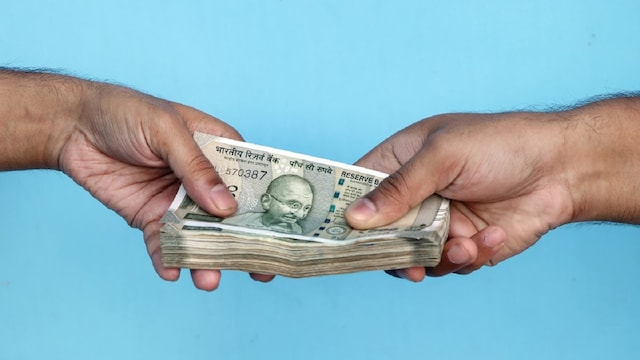SOURCE : NEW18 NEWS
Last Updated:May 18, 2025, 13:28 IST
Splitting purchases into ‘No-Cost EMIs’ sounds like a win-win. But if misused, these schemes can lower your credit score and raise red flags for lenders.
Since EMIs seem painless, users may commit to multiple EMIs such No-Cost EMI facilities in a short duration.
Authored by Sachin Seth, Chairman of CRIF High Mark: No-Cost EMI schemes have become a popular fixture in Indian consumer finance. Whether you’re buying a smartphone, a refrigerator, or even paying for a vacation, chances are you’ve been offered a “No-Cost EMI” option at checkout. Splitting a high-ticket purchase into monthly payments with no added interest can be a compelling option for managing expenses.
This approach may also help in building a credit profile as these transactions are reported to credit bureaus. However, it’s important to be diligent with emi payments as missed payments or deferred interest, can negatively affect your credit score.
Recommended Stories
No-Cost EMI schemes can be misleadingly named, as they are not entirely free of cost. Rather than charging the customer interest directly, the interest is typically subsidized by the seller, OEMs, or financing partner, or embedded into the product’s price. An example of this structure is, dealer subvention, a practice commonly used in the sale of two-wheelers and consumer durables, where the interest is borne by the dealer or OEM, or adjusted through an advance payment or factored into the cost price.
Many young professionals and first-time credit users are attracted to No-Cost EMIs due to easy of access to credit, also as a way to establish or build their credit profile. On paper, this makes sense. Timely EMI payments improve your credit score, especially if you lack a credit history. Used judiciously, No-Cost EMIs can help you demonstrate repayment behaviour and improve your creditworthiness over time.
However, the benefits can backfire under certain scenarios. If you frequently use No-Cost EMI options across different platforms, you could end up with several open loan accounts in your credit report, this will reflect as multiple open credit facilities in your credit report and raise concerns for lenders about your borrowing habits especially if the income does not support the credit exposure. A missed EMI, even by a few days, can significantly impact your credit score. Since these loans are often of small value, users tend to deprioritise them, assuming that it will have minor impact to their credit profile, this is a costly mistake (eg. Assume, a customer has 3 loans, two consumer loans taken for mobile phone and LED TV and one home loan, if this customer delays payment on their mobile phone EMI, in the credit report it will reflect as 1 out of 3 loans payment is missed and could have a significant impant on the score) . Additionally, applying for a No-Cost EMI facility, results in hard inquiries on your credit report before approving the transaction. Frequent inquiries within a short time frame can impact your credit score adversely.
Since EMIs seem painless, users may commit to multiple EMIs such No-Cost EMI facilities in a short duration. This increases your credit utilization and perceived financial burden, leading to increased leverage which can lower your creditworthiness in the eyes of lenders as one of the matric that is measures is the overall fixed obligation of the customer
“Credit enables consumption” No-Cost EMI are the perfect example to support this philosophy, if there was no credit available, aspirational customers might not being able to purchase their fancy mobile phones and house hold equipment, If managed well they are the perfect solution to elevate lifestyle and comfort however one must be mindful of not over leveraging their credit which can not be supported by the income. A good practice could be to restrict cumulative emi payments to a point that it can be easily supported by income and also regularly monitoring your credit report can help prevent over-leveraging and support a healthy credit score.
It is authored by Sachin Seth, Chairman of CRIF High Mark
The views expressed in this article are those of the author and do not represent the stand of this publication.
- First Published:
May 18, 2025, 13:28 IST







